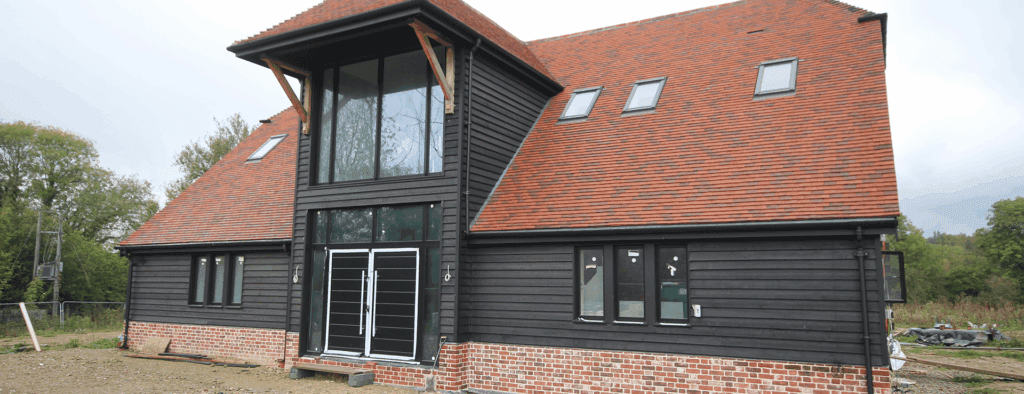Exploring digital poverty and the ways the Government and charities are working on improving the issue
The Covid-19 pandemic completely changed our relationship with digital technology and the internet as a whole. As the country was put into lockdown, almost overnight, everything shifted online. Schools, work and social lives were all being conducted through the internet. Whether people were attending lectures in a video call format, or children were being required to complete their schoolwork online, there was no option of unplugging during that time. Being unable to meet anyone in person, the only way to communicate was through the internet, video calling became the new meeting up in person, and Microsoft Teams and Zoom became the office. If you were lucky, you may have had a smidgen of in-person interaction on your one allowed walk a day, but other than that, everyone turned into pixels on a screen.
During this time, the need for broadband, especially good quality broadband, was fully recognised. Without access to the internet, children couldn’t attend schools, adults couldn’t complete work, and students were paying for lectures they couldn’t physically, or virtually attend. Gone were the days of broadband being seen as a luxury, and it was finally being seen for what it is in the modern age, a necessity.
Covid lockdowns forced a change in the world. People who weren’t using the internet before the pandemic have now moved online. Ofcom figures suggest that the percentage of adults who can’t access the internet at home has fallen, from 11% to 6%, which is a massive positive development, although there is still a digital divide. 1.7 million households in the UK alone cannot access the internet, according to Ofcom, which is still a massive number without connectivity.
Lack of access to the internet has lead to a big divide, and the prevalence of digital poverty has become more known. As outlined by the Digital Poverty Alliance, digital poverty is “the inability to interact with the online world fully, when, where and how an individual needs to.” Three of the biggest factors contributing to digital poverty and enabling the divide are skills (due to lack of education), access (which can be the result of geography) and financial poverty which in turn causes digital poverty, which is now being further exacerbated by the current cost of living crisis.
In an article by Hannah Holmes and Dr Gemma Burgess from the Cambridge Centre for Housing and Planning Research, they found that only 51% of households earning between £6000-£10,000 had internet access, compared to 99% of households with an income of over £40,001. The researchers spoke to five primary school head teachers who work in Manchester for their article. One of the headteachers was quoted to have said, “I was talking to one family on Friday, when I was delivering free meals, and I did take them a paper pack of work, because the Mum said it was pay the wi-fi or feed the children this month… Sometimes people simply can’t afford to pay for wi-fi.” This heart-breaking statement highlights how big of an issue poverty is in the UK currently. While poverty is already at a high level in the UK, the rise of digital poverty has meant that children who were already at a disadvantage at school are being further disadvantaged because of their lack of connectivity…
Read the rest of this exclusive article in our latest edition
Never miss a story… Follow us on:
Showhome
@Your_Show_Home
@Showhomemag
Media Contact
Anna Wood
Editor, Showhome
Tel: +44 (0) 1622 823 922
Email: [email protected]












